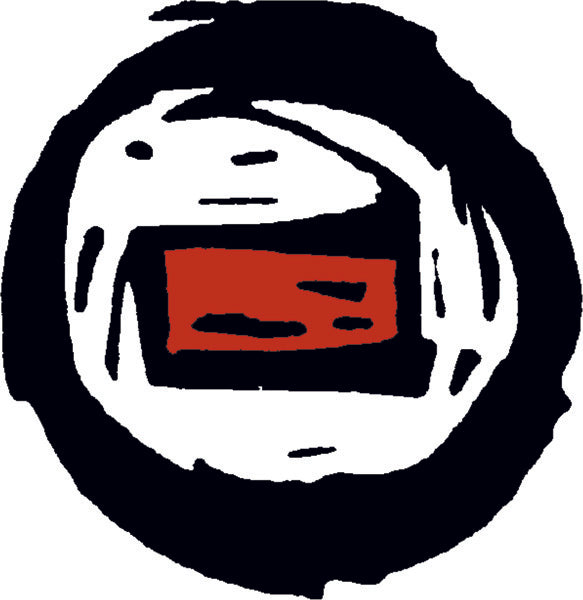Collection: KATIE VAN SCHERPENBERG
Scherpenberg initiated her studies in painting in Rio de Janeiro with Caterina Baratelli in 1957.She started Architecture studies in Rio de Janeiro. After taking her entrance exams she attended Sculpture lessons at the Art Academy, University of Munich in Germany under the supervision of George Brenninger (1961 to 1963). At the Schule der Sehens in Salzburg, Austria, she learned watercolor during the summer of 1963 with Oscar Kokoschka .On returning to Rio de Janeiro she studied engraving at the Museum of Modern Art. While in Germany she received a scholarship from the German Government and third prize in Sculpture (1962)
In Brazil she has received awards for her work in 1976, 1979, 1983, and in 1991. Besides her work in painting, Katie van Scherpenberg has developed a respected career as a teacher, giving lessons, workshops and lectures throughout the country at Faculties, Cultural Centers and Art Schools. From 1983 to 2003 Scherpenberg gave regular classes at the School for the Visual Arts at the Parque Lage in Rio de Janeiro. In 1978 she founded the Experimental Art Nucleus (Núcleo Experimental de Arte – NEART) in the city of Petrópolis together with poet, composer and artist Geny Marcondes. Here she gave lessons until 1984.
A founding member of the ABAPP in 1976 (Brazilian Association for Professional Artists) she was part of its directory until 1983. In 1982 Scherpenberg idealized the project “The betterment of Materials for the Artist in Brazil “. The finality of this project was to study a way of giving Art students and professionals alike better conditions in which their work could develop. She was invited by the National Art Institute (Fundação Nacional de Arte) to continue her work at the National Institute for the Plastic Arts (Instituto Nacional de Artes Plásticas) .In 1985 the results of this work were published as a manual “Art Materials in Brazil – analysis of oil paints.” This publication was fundamental in changing the overall view on work material destined for artists. From the end of the eighties Katie van Scherpenberg has dedicated her time to teaching and the development of her work as an artist-painter.
“Furo” was conceived as a visual experiment using a red oxide pigment. A hole was dug measuring approximately 60cm in diameter by 30 cm in depth. During six hours 72 photographs were taken on 35mm chromes (“slides”), 72 on 35mm colour negatives and a series as “stills” on 6 by 6mm colour negatives. Three Cameras were used, two on tripods and one hand held. The idea behind the work would be to use the sea and the slowly receding tide as an agent for painting on the sand. Time is an essential element in the work, as also contemplation as things slowly change. The day was overcast but not rainy, so there is evenness throughout the work, as the sun does not appear. The title “Furo”- puncture – seemed appropriate as the image derived from the work reminds one of an aggression, yet there is poetry in the violence.
Katie van Scherpenberg

